 General Motors and Ford, American automobile behemoths, dominated the headlines when both companies were bailed out by the U.S. government due to the tipping of the economy in 2008. Today, both GM and Ford (and Chrysler, which also received government money) have essentially paid back the debts and are on the road to being productive businesses. According to U.S. Treasury data for the end of October 2013, five years since the bailouts, the assistance program saw the government spending $80 billion, recovering $54.6 billion, and creating 340,000 jobs since Chrysler and GM emerged from bankruptcy in mid-2009.
General Motors and Ford, American automobile behemoths, dominated the headlines when both companies were bailed out by the U.S. government due to the tipping of the economy in 2008. Today, both GM and Ford (and Chrysler, which also received government money) have essentially paid back the debts and are on the road to being productive businesses. According to U.S. Treasury data for the end of October 2013, five years since the bailouts, the assistance program saw the government spending $80 billion, recovering $54.6 billion, and creating 340,000 jobs since Chrysler and GM emerged from bankruptcy in mid-2009.
Prior to the crash in 2008 and ensuing bailouts, all three U.S. automakers had focused heavily in the mid-sized pick-up truck market, an area that did not yield a significant margin. Post bailout, based on bigger margins and consumer appetite, there was a shift to more expensive vehicles that yielded a greater margin for profit. Numbers have not been as glowing in continental Europe; however, the UK saw a 10.5 % increase in 2013 car sales. Most are adding jobs, and, Ford, for one, plans to add 5,000 jobs to U.S. plants in 2014.
The ancillary businesses feeding the auto industry are feeling the benefit, too, and the trickle up, down, or sideways is contributing to overall recovery. Aluminum giant, Alcoa Inc., broke ground in August 2013 for a auto industry-related $275 million expansion to its Alcoa, Tennessee, plant just on the fringe of the Knoxville metro area. Completion is targeted for mid-2015, and the plan will add 200 new full time jobs. To welcome 2014, Alcoa Inc. made another announcement in early January; this one for expansion of its Davenport, Iowa, plant, also in response to the auto industry’s demand for aluminum.
Americans may not walk or ride their bicycles much for commuting when compared to others globally, but, the upswing in the auto industry and overall economy may bring bigger benefits.

